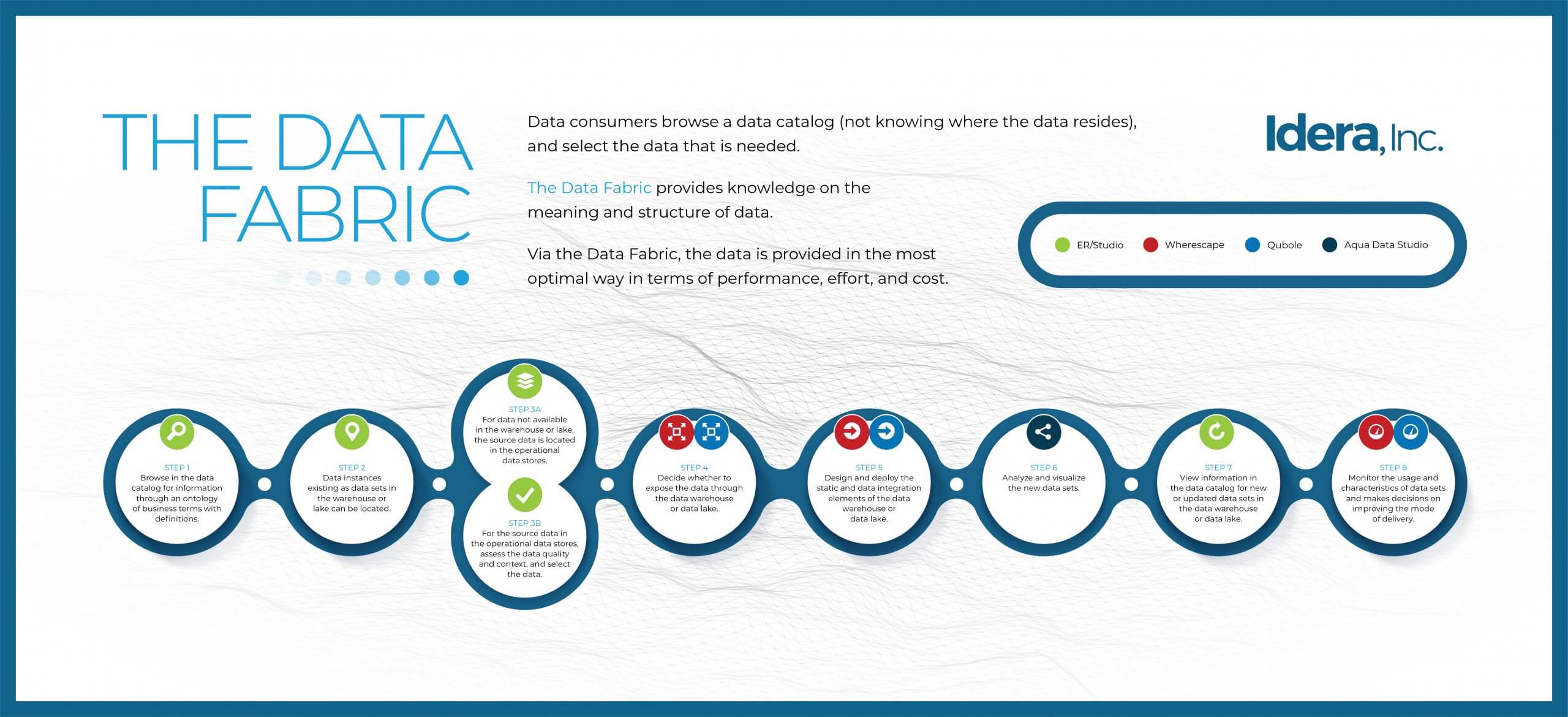Unraveling the Tapestry: Understanding the Significance of Data Fabric in Today's Digital Landscape
In the dynamic landscape of modern businesses, data is both the lifeblood and the challenge. Organizations grapple with vast amounts of data generated across diverse platforms, often leading to data silos and hindering the seamless flow of information. Enter data fabric, an innovative solution designed to weave a cohesive tapestry across the intricate web of data sources, environments, and technologies.
The Essence of Data Fabric:
Data fabric is not just a technological framework; it's a strategic approach to data management. At its core, data fabric is about creating a unified, integrated, and agile data environment. In a world where data sprawls across on-premises servers, cloud platforms, and hybrid infrastructures, the need for a comprehensive and flexible solution becomes paramount.
Breaking Down Silos:
One of the primary challenges organizations face is the existence of data silos—disconnected repositories of information that hinder collaboration and data utilization. Data fabric acts as a bridge, breaking down these silos and enabling a seamless flow of data across various systems. This interconnectedness facilitates better decision-making, as insights from different corners of the organization can be analyzed together.
Orchestrating Data Flow:
Data orchestration is a key element of data fabric. It involves the efficient management and movement of data across different platforms and environments. This orchestration ensures that data is where it needs to be when it's needed, promoting agility and responsiveness. Whether it's on-premises servers, public or private clouds, or a hybrid setup, data fabric orchestrates the symphony of data flow.
A Unified View:
Imagine having a single pane of glass through which you can view and access all your data, irrespective of its physical location. That's the promise of data fabric—a unified view that provides a holistic perspective on your data landscape. This not only simplifies data management but also enhances governance and compliance, critical aspects in today's data-centric regulatory environment.
Enhancing Collaboration:
In a world where collaboration is key, data fabric fosters a collaborative environment by enabling different teams and systems to work harmoniously. By providing a standardized approach to data access and usage, it eliminates bottlenecks and encourages cross-functional cooperation.
Adapting to Change:
Business landscapes evolve, and so do data requirements. Data fabric, with its inherent flexibility, allows organizations to adapt to changing business needs. Whether scaling up to handle growing data volumes or incorporating new technologies, data fabric provides the elasticity needed to stay ahead of the curve.
Conclusion:
In the era of big data, where the volume and variety of data continue to expand, the concept of data fabric emerges as a strategic imperative. It goes beyond traditional data management approaches, offering a holistic solution to the complexities of the digital age. By breaking down silos, orchestrating data flow, providing a unified view, enhancing collaboration, and adapting to change, data fabric empowers organizations to turn their data challenges into opportunities, weaving a resilient and responsive fabric for the future.
Let's connect :
 |
| www.linkedin.com/in/hariharan-esakkimuthu-10523918a |

Comments
Post a Comment